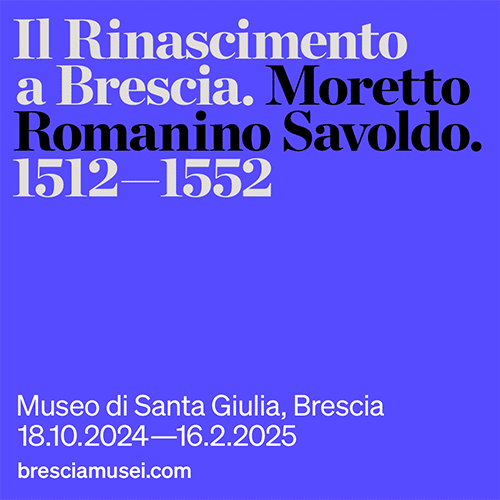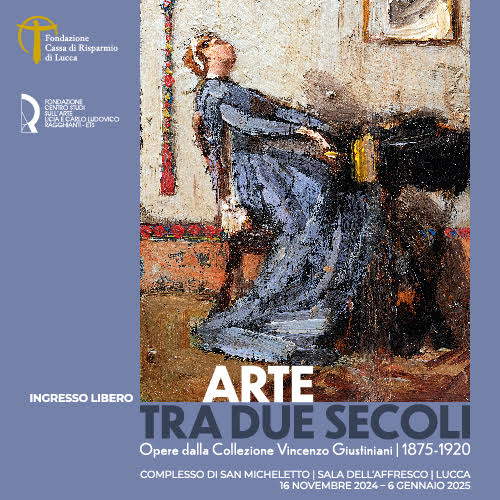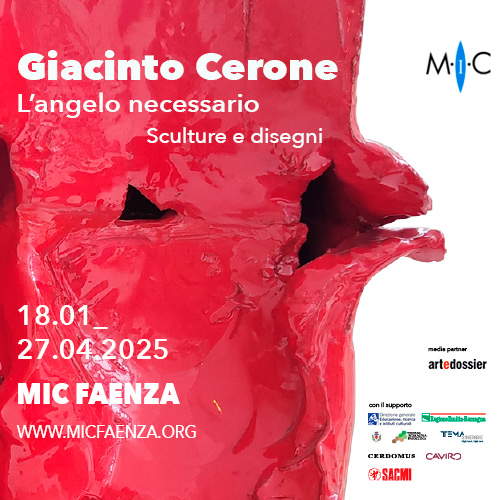Fondazione Palazzo Te chooses the theme of metamorphosis for its 2024 exhibition program
Fondazione Palazzo Te in Mantua presents for the 2024 exhibition season a wide-ranging journey around the theme of metamorphosis, celebrating one of the most recurrent and enigmatic topoi found within the palace built by Giulio Romano. This approach follows the tradition started in 2019 that investigates an annual theme with the desire to offer visitors a new way to enhance the museum’s permanent heritage, granted this year by the City of Mantua to the Foundation. Palazzo Te. The Labyrinth of Metamorphosis, this is the title chosen for the 2024 exhibition program, brings together events and exhibitions dedicated to this theme. Metamorphosis, understood as a reflection on nature and humanity, emerges as a fundamental element in Giulio Romano’s work at Palazzo Te. Indeed, the palace is full of references to Ovid and Apuleius, modern re-interpretations and contemporary visions: it can thus be considered a sampler of forms inspired by ancient poetry and mythology, travels and discoveries of the time.
The program kicked off on March 27, 2024, with a tour of Palazzo Te enhanced by information supports and a new lighting system intended to highlight references to metamorphosis in the palace’s decorative cycle. In fact, references to Ovid’s Metamorphoses are already found in the first room of the “private” apartment, called precisely the Chamber of Ovid. The ancient pedestrian entrance to the Loggia delle Muse, adorned with frescoes and stuccoes depicting the seven female deities descended from Mnemosyne, was intended as an emblem and statement of intent and symbolized the dominance of art at Palazzo Te. The story of Orpheus and Eurydice is presented here, while the Hall of Horses illustrates the Labors of Hercules. The Chamber of Cupid and Psyche features complex decorations and narrates various mythological episodes. Inside are the tale of the love between Psyche and Eros, taken from Apuleius’ Metamorphoses, the stories of the loves of Polyphemus and Galatea, Venus and Adonis, Mars and Venus, Bacchus and Ariadne, Pasiphae and the bull, taken from Ovid’s Metamorphoses, and finally the depiction of Jupiter and Olympias, inspired by Plutarch’s Life of Alexander. The tour continues in the Chamber of Eagles with the Fall of Phaeton, while in the Chamber of Gi ants the battle between Jupiter and the Giants enraptures the gaze of all visitors.
An international conference on June 21 and 22 will explore the evolution of the concept of metamorphosis with talks by experts, analyzing how metamorphosis speaks to our time and its relations with art, science, religion and psychoanalysis.
The program continues in autumn 2024, from September 5, 2024 to January 6, 2025, with the exhibition Picasso’s Labyrinth. Poetry, Salvation, and Metamorphosis, curated by Annie Cohen-Solal and co-organized by the Foundation with the National Picasso Museum in Paris, which aims to add further interpretation and dialogue with the myth, making it contemporary. Exploring the Spanish master’s sources of inspiration from poetry, from Ovid to Apollinaire, the exhibition will focus on the power of transformation and the mortality of desire, offering new perspectives on his surroundings as well. Set up in the Napoleonic rooms of Palazzo Te, the exhibition will be divided into three sections. The first, Picasso and the Poets, will explore the link between the artist and a group of poets who formed the city’s avant-garde core in early 20th-century Paris, including Max Jacob, Guillaume Apollinaire, and Rainer Maria Rilke. The second section, Poetry and Salvation, will reveal how poetry became a saving creative practice for Picasso from 1935 onward, when he was going through a deep personal and professional crisis. It was during these years that he applied himself to the representation of the mythical images produced by Ovid in the Metamorphoses. The third section, The Lived Metamorphosis, on the other hand, will analyze the influence of the metamorphosis theme in Picasso’s life and art, with particular attention to the theme of the Minotaur.
The program will culminate in spring 2025 with the exhibition Metamorphosis at Palazzo Te, curated by Claudia Cieri Via, which will promote new dialogues between the palazzo, Giulio Romano and other artists who were inspired by mythological stories. The annual planning encourages collaboration between cultural institutions and local artists for multidisciplinary programs, which will include exhibitions, concerts, lectures and workshops, aimed at a wide audience. With this in mind, Fondazione Palazzo Te offers the installation Mutaforma by Dario Moretti, artist and director of Teatro all’Improvviso, and a rich schedule of musical and performance events, including Metamorphosen by Strauss with Orchestra da Camera di Mantova, Metamorphosi notturne by Ligeti, Six Methamorphosis after Ovid by Britten, and Music for eighteen musicians by Reich with MantovaMusica.
The Palazzo Te exhibition season. The Labyrinth of Metamorphoses is promoted by the City of Mantua, produced and organized by Palazzo Te, with the contribution of Fondazione Banca Agricola Mantovana, in synergy with Mantova city of Art and Culture.
For all information you can visit www.palazzote.it
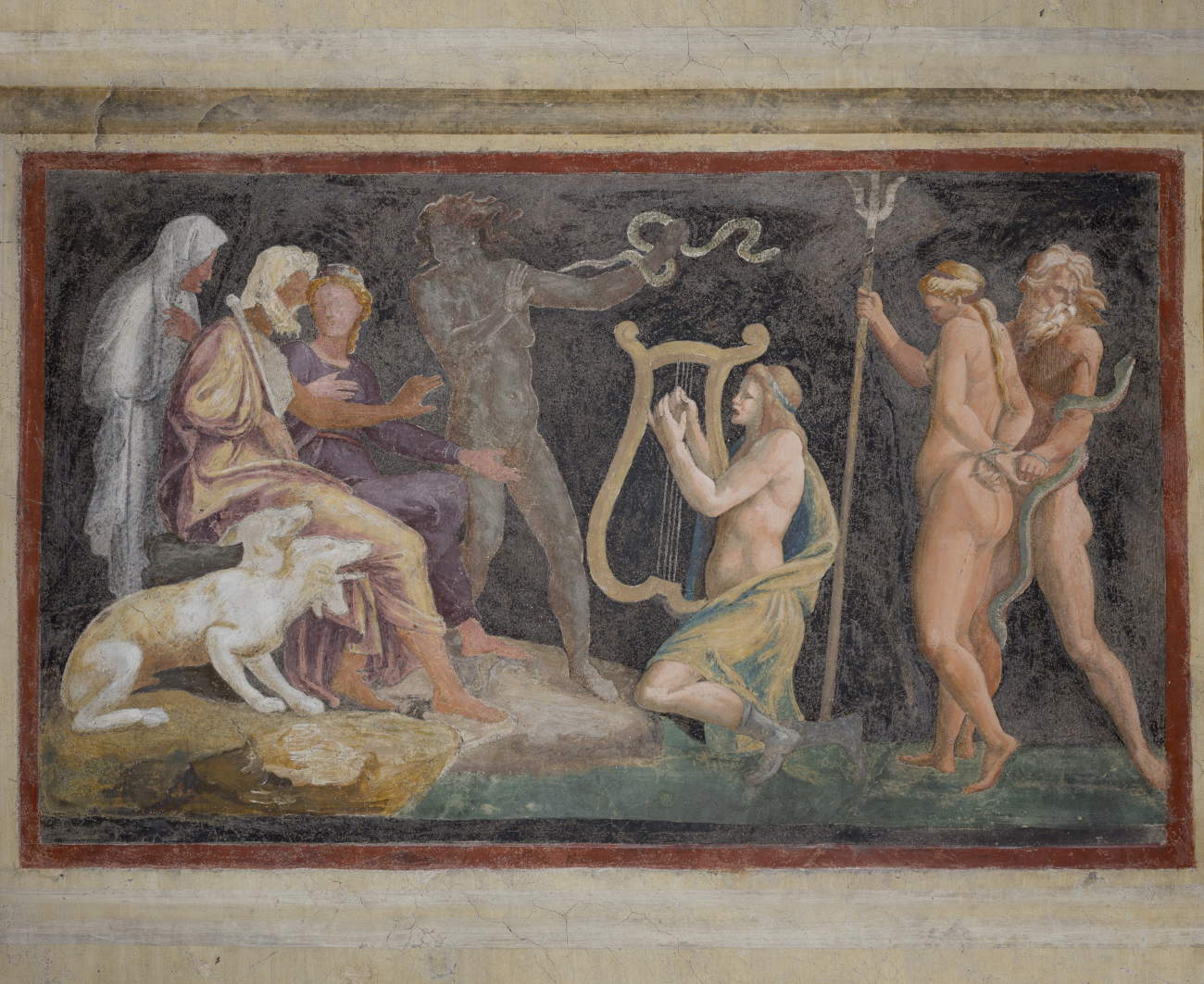
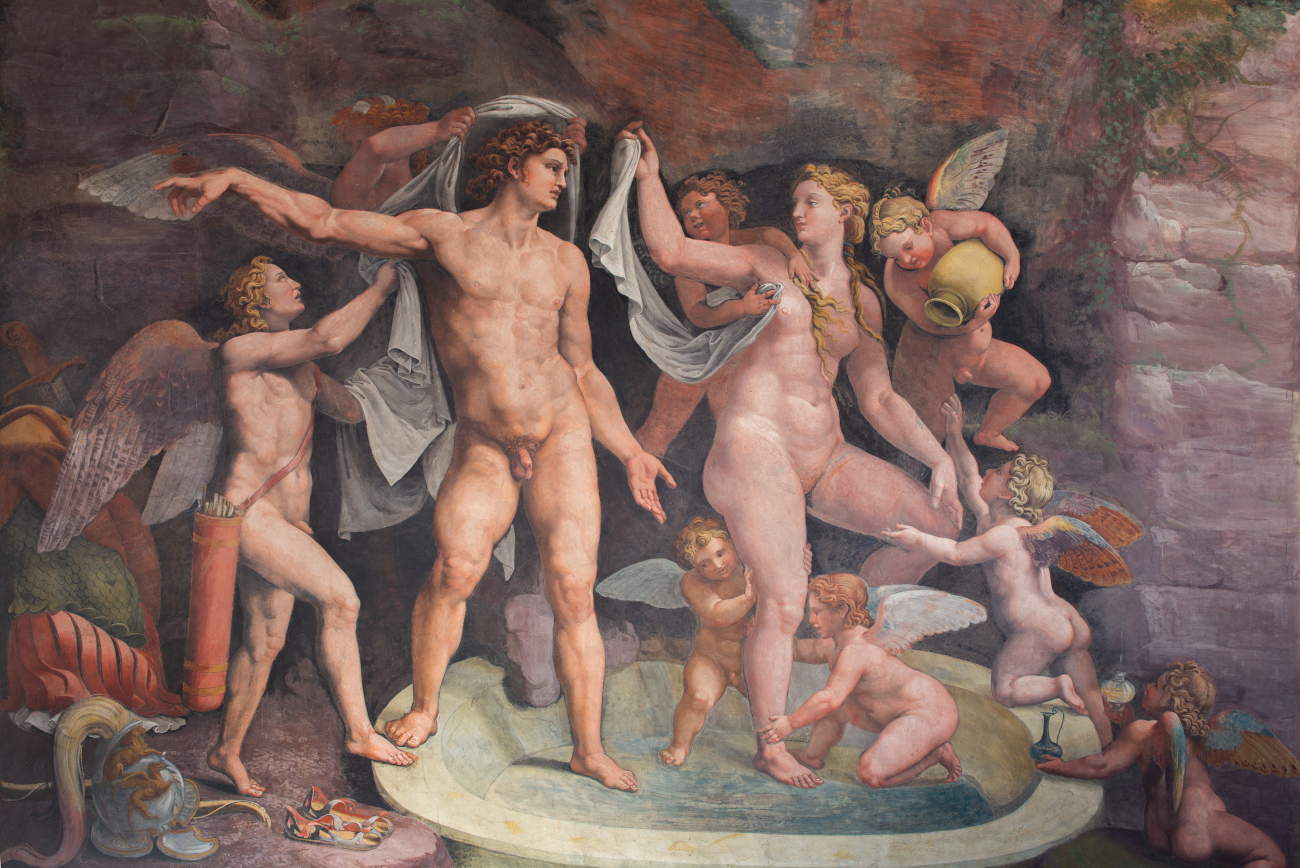
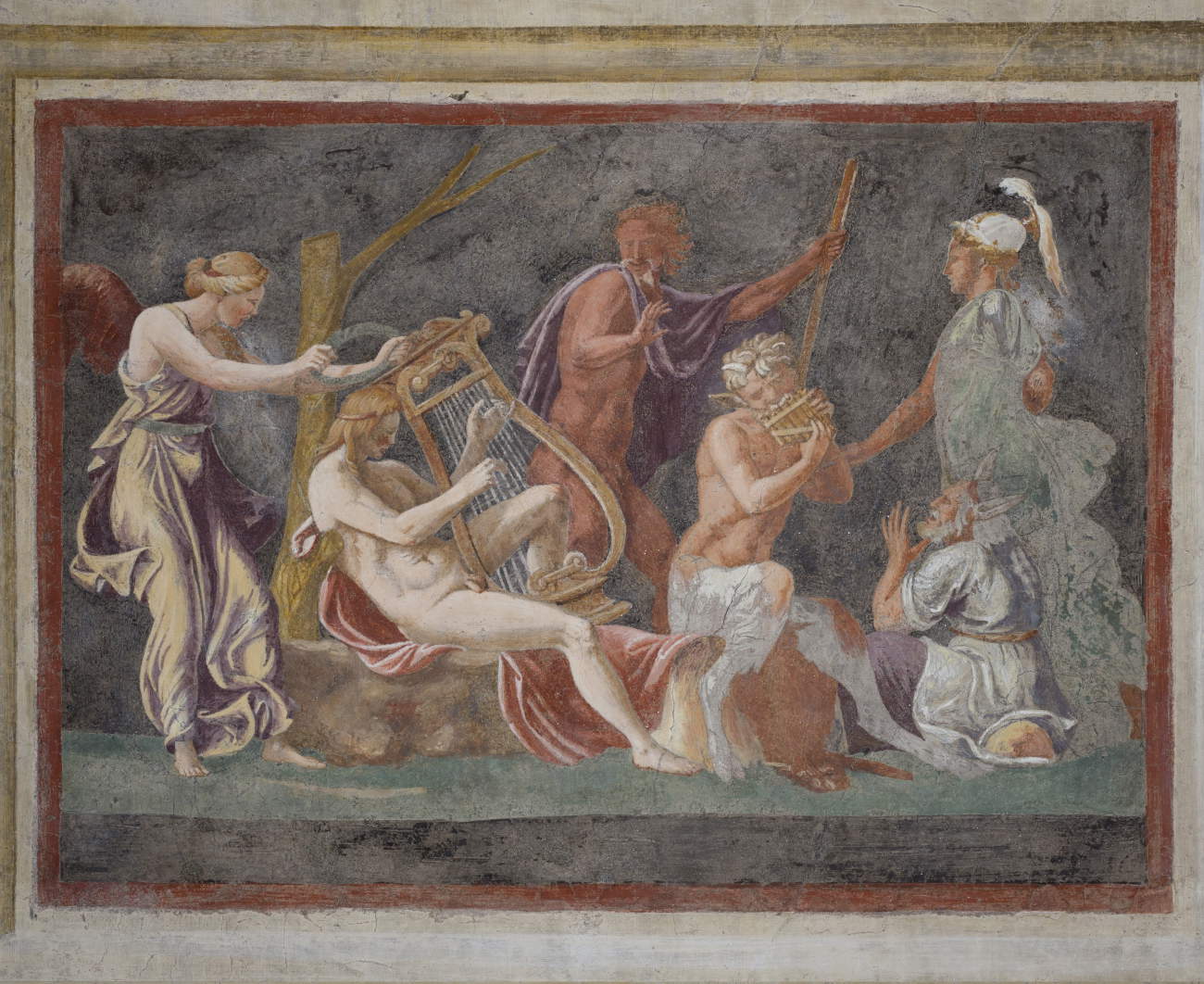
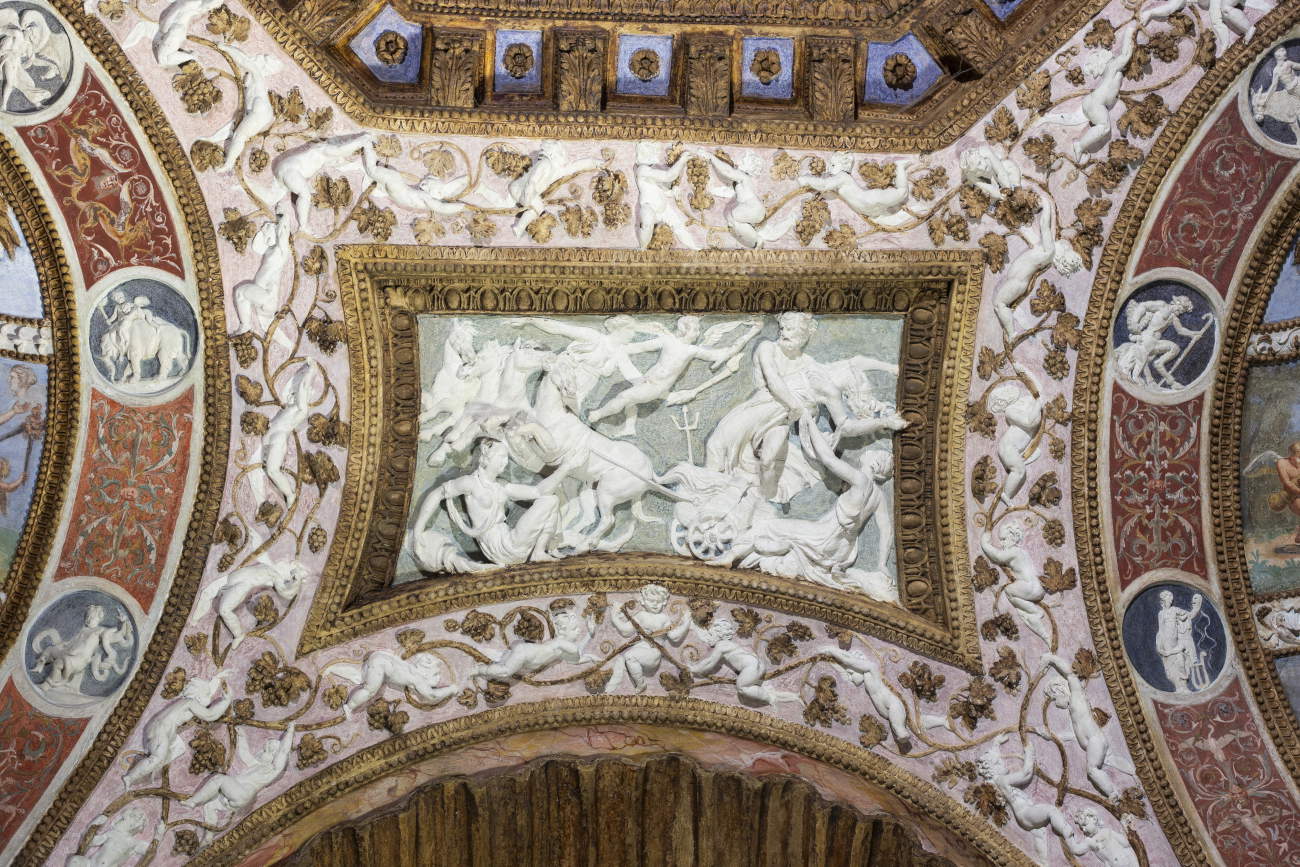
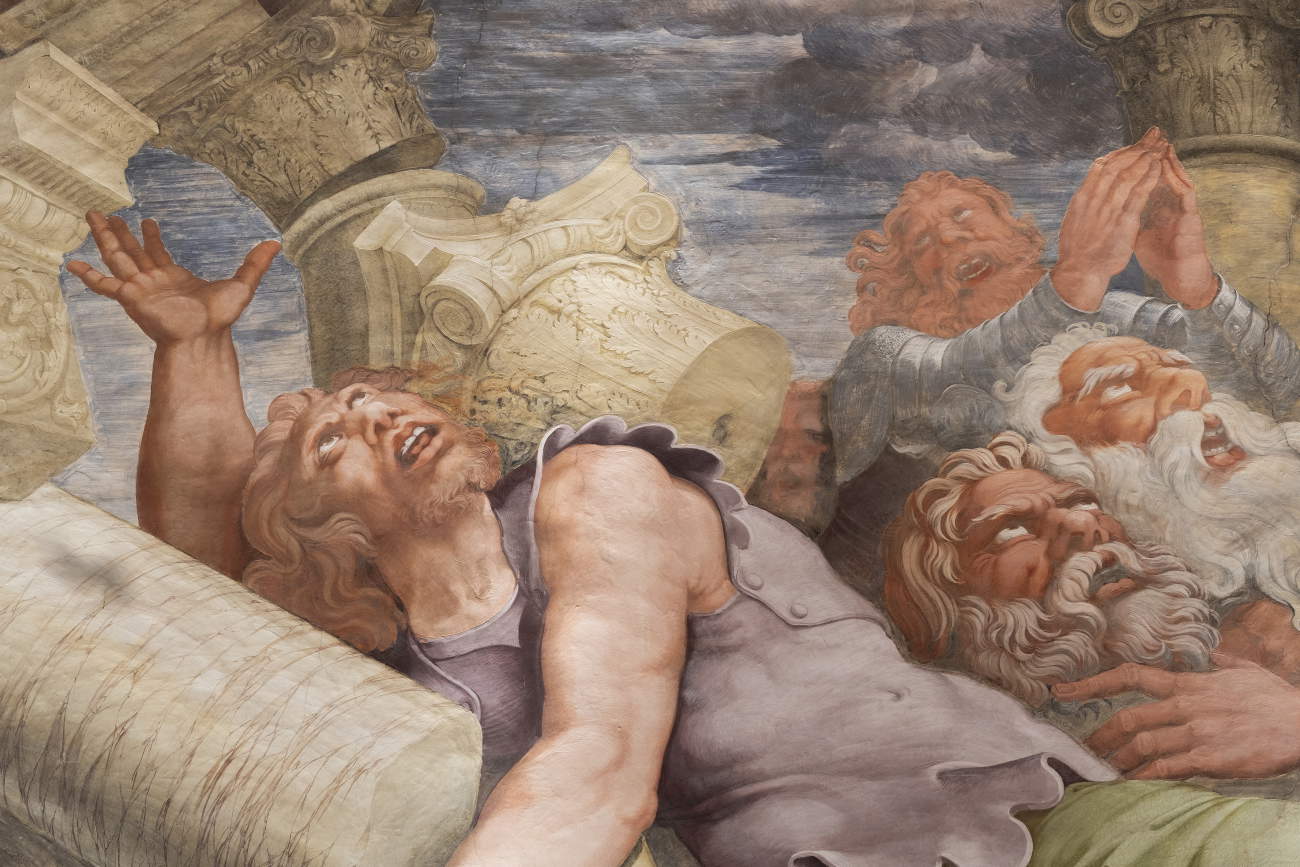
 |
| Fondazione Palazzo Te chooses the theme of metamorphosis for its 2024 exhibition program |
Warning: the translation into English of the original Italian article was created using automatic tools. We undertake to review all articles, but we do not guarantee the total absence of inaccuracies in the translation due to the program. You can find the original by clicking on the ITA button. If you find any mistake,please contact us.






